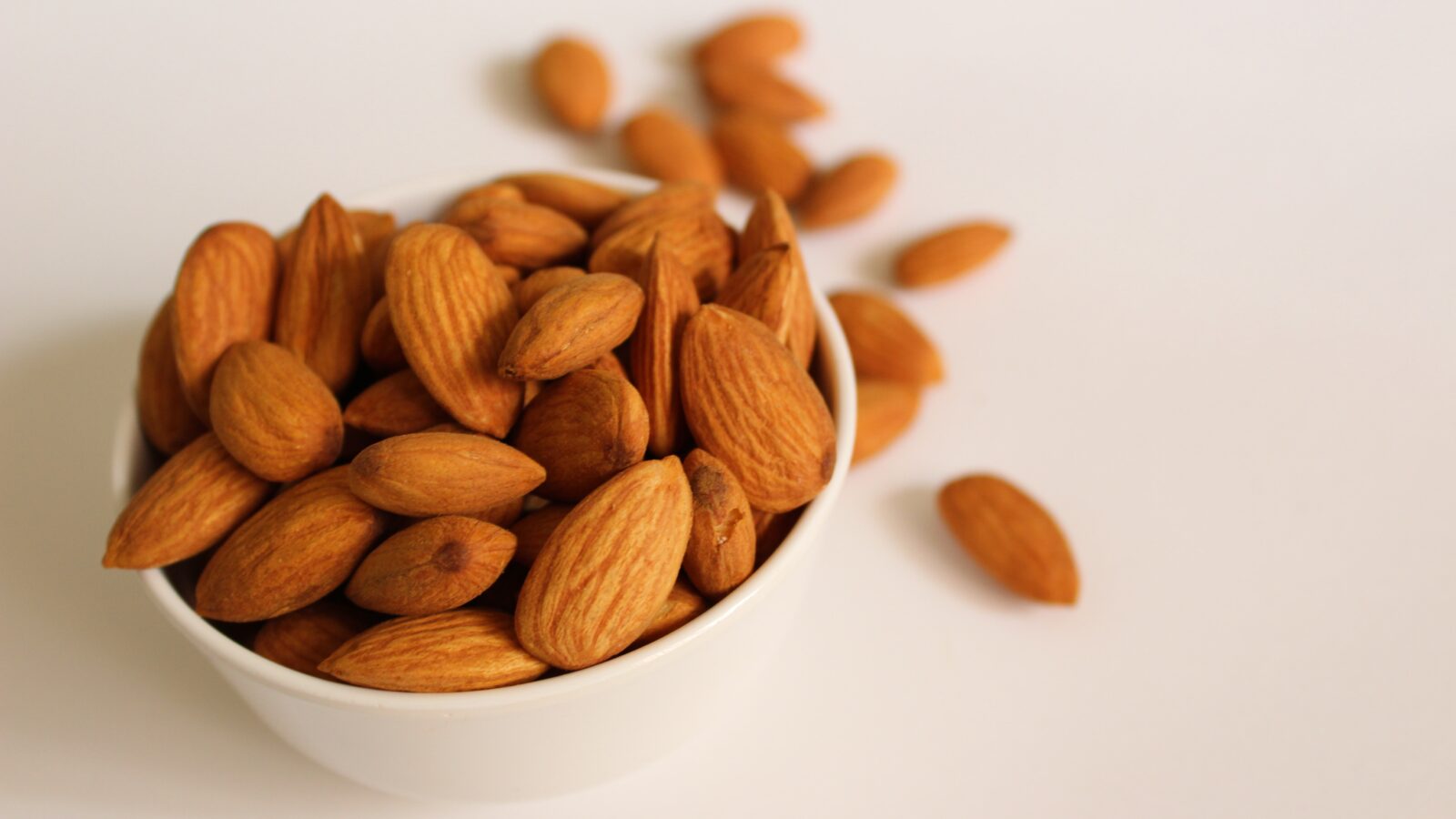
A study measuring the environmental sustainability of almond production shows that almond trees accumulate and store significant amounts of carbon and that the industry is making progress toward becoming carbon neutral or even carbon negative with respect to greenhouse gases (GHG).
Results of the research study were presented at the International Union of Food Science and Technology World Congress in Dublin, Ireland on August 22 by Dr. Sonja Brodt from the University of California Davis: Sustainable Agriculture Research & Education Program. Dr. Brodt showed how Life Cycle Assessment (LCA) was increasingly being used by the food industry and policy makers as a comprehensive tool for measuring environmental sustainability in food production by using several crops as case studies, including California almonds.
Dr. Brodt’s LCA study of almond production demonstrated that reusing co-products from producing and harvesting almonds was key to the industry’s environmental impact and further reducing carbon emissions. The research, funded in part by a grant from Almond Board of California, modeled an almond orchard over its entire 25-year life cycle, from land preparation and planting the trees through the life of the trees and eventual removal.
The study, published in The Journal of Industrial Ecology[i], is the most exhaustive food life cycle assessment study to date by the university’s researchers, and it demonstrates the complexity of agricultural systems and prospects for significant environmental benefits.
“Most food products result from long and complex production and supply chains, with highly variable impacts on environmental health and natural resources,” said Dr. Brodt. “LCA results are incredibly useful for communicating about your product to customers and consumers, green procurement, making supply chain decisions and for identifying the leverage points for improvement in systems.
“Life cycle assessment is the ‘gold standard’ method for understanding the environmental impacts of food and designing new products with reduced environmental impacts. The Californian almond industry is being utilized as an important case study to highlight the potential for supply chain sustainability.”
Dr Karen Lapsley, Chief Scientific Officer at Almond Board of California, said: “This critical research further reinforces the importance of our longstanding commitment to independent, third-party analysis of next-generation farming practices.
“The food industry and policy makers can use Life Cycle Assessments as a comprehensive tool for measuring environmental sustainability in food production and this is an area that requires ongoing research as environmental conditions and regulations change. Almond Board of California is committed to investing in programs that will help drive development of innovative production solutions that lead to continued improvement in efficient and sustainable, environmentally responsible farming. This is a key area of focus as updating the LCA modelling research is already underway with greater emphasis on the co-products and surface and groundwater usage.”
Current research from the California Almond Sustainability Program shows that 74 percent of almond growers use orchard prunings (tree wood, bark, clippings and other materials) for in-orchard chipping, composting, or energy generation.
Through the Almond Board’s new Accelerated Innovation Management initiative, there is a strong focus in exploring alternative uses of almond byproducts to make the almond industry even more efficient and sustainable.
###
California’s almond community, through Almond Board of California, has been investing in research on topics related to almonds’ sustainability1 for several decades with a total investment of more than $50 million. This independent, third-party research has resulted in next-generation farming practices to help drive further improvement in efficient and sustainable farming.
[i] Elias Marvinney, Alissa Kendall, Sonja Brodt, Weiyuan Zhu. Life Cycle-based Assessment of Energy Use and Greenhouse Gas Emissions in Almond Production, Part II: Uncertainty Analysis Through Sensitivity Analysis and Scenario Testing. Journal of Industrial Ecology, 2015, 10.1111/jiec.12333.
[i] Kendall, A., Marvinney, E., Brodt, S. and Zhu, W. (2015), Life Cycle–based Assessment of Energy Use and Greenhouse Gas Emissions in Almond Production, Part I: Analytical Framework and Baseline Results. Journal of Industrial Ecology, 19: 1008–1018. doi: 10.1111/jiec.12332


